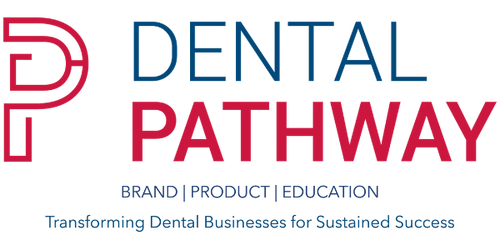Collection: NIWOP
No Implants Without Perio-Learn from our Faculty Perio specialists, how to effectively communicate periodontal disease with your patients to promote treatment uptake, create stability before moving on to effective implant treatment
Millions of people around the world are affected by periodontitis. This chronic disease significantly increases the incidence of biological complications in implant placement with a risk of implant loss (1). Peri-implantitis and its preliminary stage mucositis also occur in a substantial proportion of patients (2). The cause is frequently found in the pathologically altered biofilm (dysbiosis) with its specific microflora (3, 4). Untreated periodontitis patients therefore have an increased risk of peri-implant inflammation through to implant loss (5). However, even patients who were treated initially and are not included in a recall program exhibit an increased risk (6). Where necessary, periodontological pre-treatment and appropriate follow-up care (supportive periodontal therapy, follow-up care in recall) is important for these patients in order to create the optimum conditions for successful implantation and retention of the implant.
Increased implant success with NIWOP
Not only does W&H provide all the products necessary for treatment, but with NIWOP it also supplies a holistic workflow which enables the best possible treatment of patients. Pre-treatment, implantation, follow-up care – the evidence-based, systematic NIWOP workflow and the associated W&H products such as Implantmed, Piezomed, Tigon or the extensive range of tips, help to achieve lasting success of the implant. Presentations and the experience of key opinion leaders round off the NIWOP package.
1. Veitz-Keenan A , James R, Implant outcomes poorer in patients with history of periodontal disease, Evidence Based
Dentistry 18, 5 (2017)
2. Derks J, Schaller D, Hakansson J, Wennstrom JL, Tomasi C, Berglundh T. Effectiveness of Implant Therapy Analyzed in
a Swedish Population: Prevalence of Peri-implantitis. Journal of dental research 2016;95:43-49.
3. Lafaurie GI, Sabogal MA, Castillo DM, Rincon MV, Gomez LA, Lesmes YA, et al. Microbiome and Microbial Biofilm
Profiles of Peri-Implantitis: A Systematic Review. J Periodontol 2017;88:1066-1089.
4. Hajishengallis G. Immunomicrobial pathogenesis of periodontitis: keystones, pathobionts, and host response. Trends in immunology 2014;35:3-11.
5. Veitz-Keenan A, Keenan JR. Implant outcomes poorer in patients with history of periodontal disease. Evidence-based
dentistry 2017;18:5
6. Tan WC, Ong MM, Lang NP. Influence of maintenance care in periodontally susceptible and non-susceptible subjects
following implant therapy. Clin Oral Implants Res 2017;28:491-494
